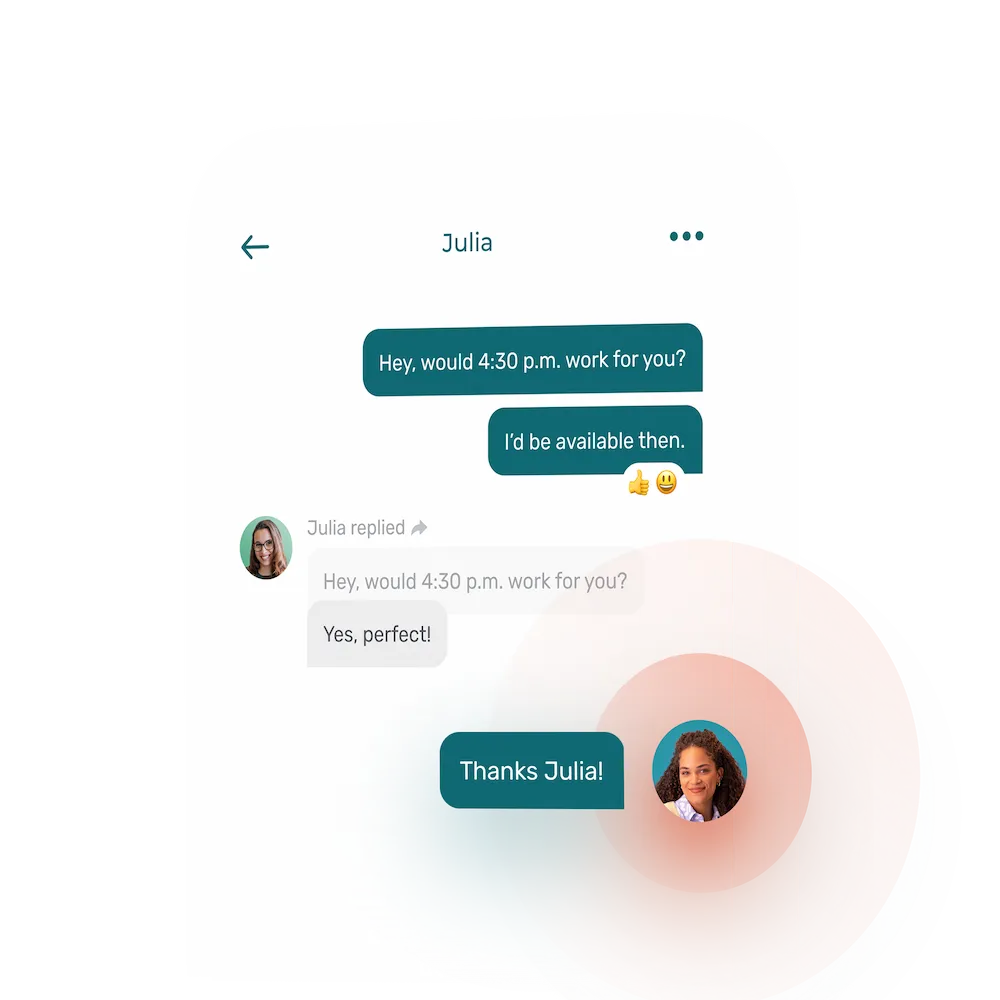Can you recall your best experiences as a client? How about your worst? Whatever the scenario, no doubt the way you were spoken to stuck with you, for better or worse.
Here’s the bottom line: if you want to stand out as a person or as a business, your communication skills must be on point.
For your business, one of the easiest ways to improve in this regard is to put on communication-focused activities. Given that communication is often taken for granted, the mere fact of consciously working on it will put you above the competition. So without further ado, here are 5 fun, simple activities to improve team communication.
Blind Drawings
Pair up employees and have them sit back-to-back. Hand a picture to one of the students in each pair, and a pencil and a piece of paper to the other. The partner with the picture has to describe the picture to the other, who then has to reproduce it going on that description alone.
Encourage participants to use adjectives and come up with creative ways to precisely convey what is depicted. If it’s a dog sleeping under a tree, for example, simply saying, “Draw a dog sleeping under a tree” won’t cut it; we’re aiming for a faithful reproduction, after all.
After about 10 minutes, have the team members swap pictures and drawings and discuss the results.
Objective
Not only is this exercise fun, it provides excellent insight into how employees communicate and construe information. For managers, it also presents a great opportunity to diagnose flaws and offer advice as necessary. Employees, for their part, will soon realize that a piece of information, however seemingly simple, can be construed very differently from one person to another!
Don’t hesitate to keep the funniest drawings as mementos to be gifted back to their authors unexpectedly.
Dragons’ Den
Let out your inner dragon! Have your staff pick random objects and encourage them to come up with interesting names and slogans for them.
Then, have everyone take turns improvising a sales pitch. The goal is to convince others to invest in “products” in under one minute. After every pitch, the judges (i.e., the rest of the team) can comment and ask questions.
Objective
This is an original way to develop creativity and various aspects of communication. The improv sessions will test your employees’ persuasiveness as well as other qualities—convincing coworkers to invest in a mechanical pencil or a coffee mug can be quite the challenge.
Everyone can benefit from developing their communication skills, no matter what their job. Encourage judges to make positive and constructive comments. After all, they’ll have to do it too…
As an added bonus, you might just start seeing everyday objects in a new light.
Blind Origami
Get a book on origami and hand out sheets of paper, and appoint someone to read the instructions aloud.
The other participants will then have to follow the steps… blindfolded or with their eyes closed! They’re allowed to ask questions, but the reader also has to adapt their instructions according to everyone’s progress.
Objective
This unusual activity will let you assess four important skills: communication, understanding, perspective… and patience.
You’ll soon notice that information can be well-communicated and still misconstrued, or applied in unexpected ways. Participants will realize that everyone has their own references. When asked to fold a sheet of paper in two, for example, some will fold lengthwise and others, widthwise. Take this opportunity to give advice on precise communication.
The express subject of this activity—origami—is not what’s most important; if nothing else, the unrecognizable foldings that result will make for excellent memories.
Silence Is Golden
Make teams of 4 to 6 employees and hand out different-coloured pencils to everyone. Then, ask each team to sketch their ideal work environment as an architect would—in silence. Encourage participants to explore alternative means of communication… and to forget budgetary constraints.
After a few minutes, ask each team to present their sketch and explain their communication methods.
Objective
This activity serves a threefold goal. First, it gives you insight into how to improve your workplace. Some ideas will no doubt be ridiculous, but others might be realistic. If seating is a recurring theme, for example, maybe something can be improved in that respect.
Second, you’ll be able to evaluate your employees’ improvisational skills, leadership and creativity, and maybe even reassign some tasks among them accordingly.
Third, it helps participants realize the importance of nonverbal communication.
Yes But No
When asking for feedback on a recent event (e.g., a new product launch, a team outing or a new update), give your team one constraint: they can’t use the word “but.” And no cheating; equivalents such as “except” and “however” are also off-limits!
Objective
This is not an activity per se, but the constraint will make staff realize how overused the infamous “yes, but” is. The expression is a manifestation of the ubiquitous oppositional reflex that often characterizes how Quebeckers speak. Eliminating it in all its forms brings people to ask themselves: “Do I truly disagree with what is being said?”
–
Communication, communication, communication. Even though it’s omnipresent, we often take it for granted, which is a mistake—it shapes our every interaction.














